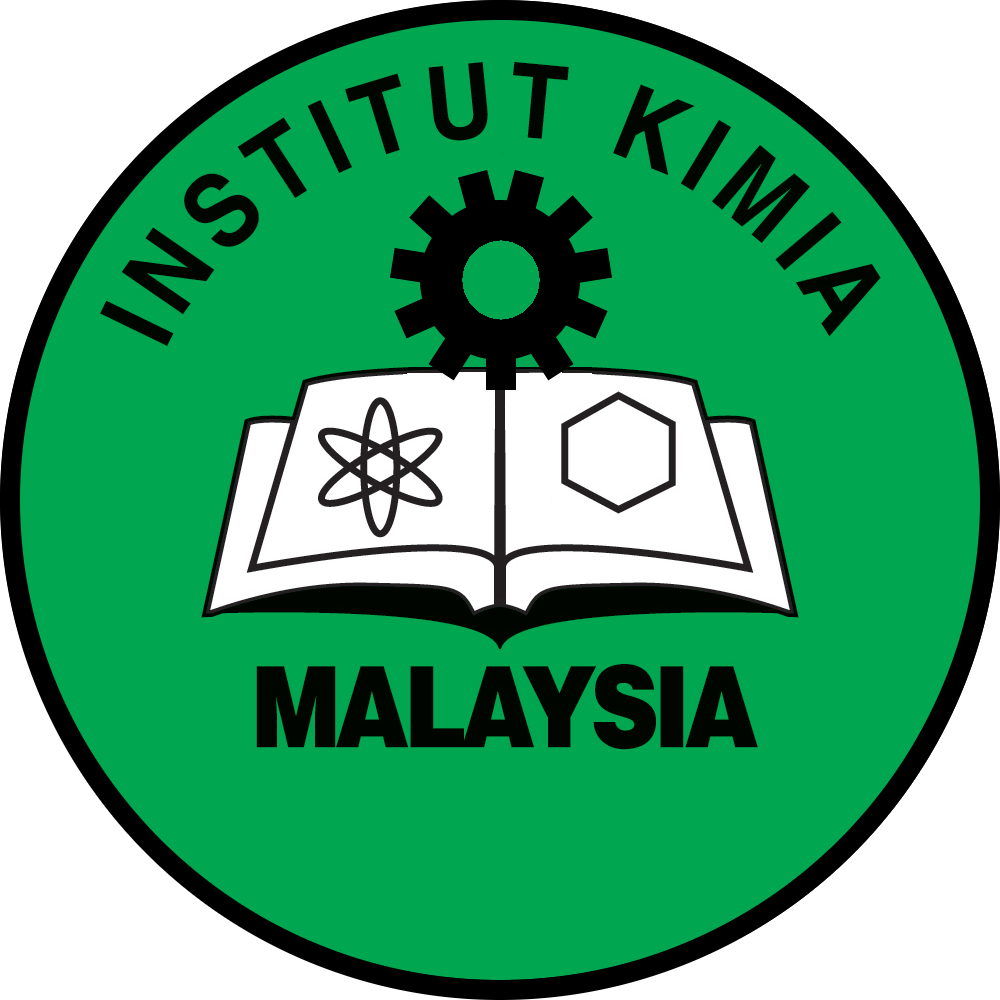Structural Analysis of 5,7-dihydroxy-3-flavene Binding in Canavalia ensiformis Urease Active Site via GFN2-xTB Quantum Mechanical Method
DOI: https://doi.org/10.55373/mjchem.v27i3.261
Keywords: Urease; flavonoids; inhibitor; GFN2-xTB; semiempirical
Abstract
Urease is an enzyme that is crucial for the hydrolysis of urea, a process that can have a significant impact on the environment when in excess. There is growing interest in identifying natural compounds that can inhibit urease activity. Flavonoids, a category of phytochemicals found in plants, have shown significant potential as urease inhibitors. Studies suggest that certain flavonoids such as 5,7-dihydroxy-3-flavene (abbreviated as D2FLA) demonstrate significant urease inhibition, exceeding the effectiveness of various natural, synthetic and metal-based urease inhibitors. To elucidate the molecular basis of this inhibition and determine the optimal binding configurations, we performed quantum mechanical GFN2-xTB calculations, mainly studying the interaction of D2FLA with the urease active site in different spatial arrangements. The optimal binding position of D2FLA at the active site of the urease was determined to be at position 3, which corresponds to an interaction energy of −56.03 kcal mol-1. Topological analysis showed the absence of typical covalent bonds between the interacting atoms; Only weak interactions were observed. The hydroxyl groups, which have the most significant negative local potential in ring A of the flavonoids, predominantly facilitate noncovalent and metal acceptor interactions with the nickel center and residues of the urease, indicating their possible involvement in the inhibitory activity of the flavonoids toward the urease enzyme.
